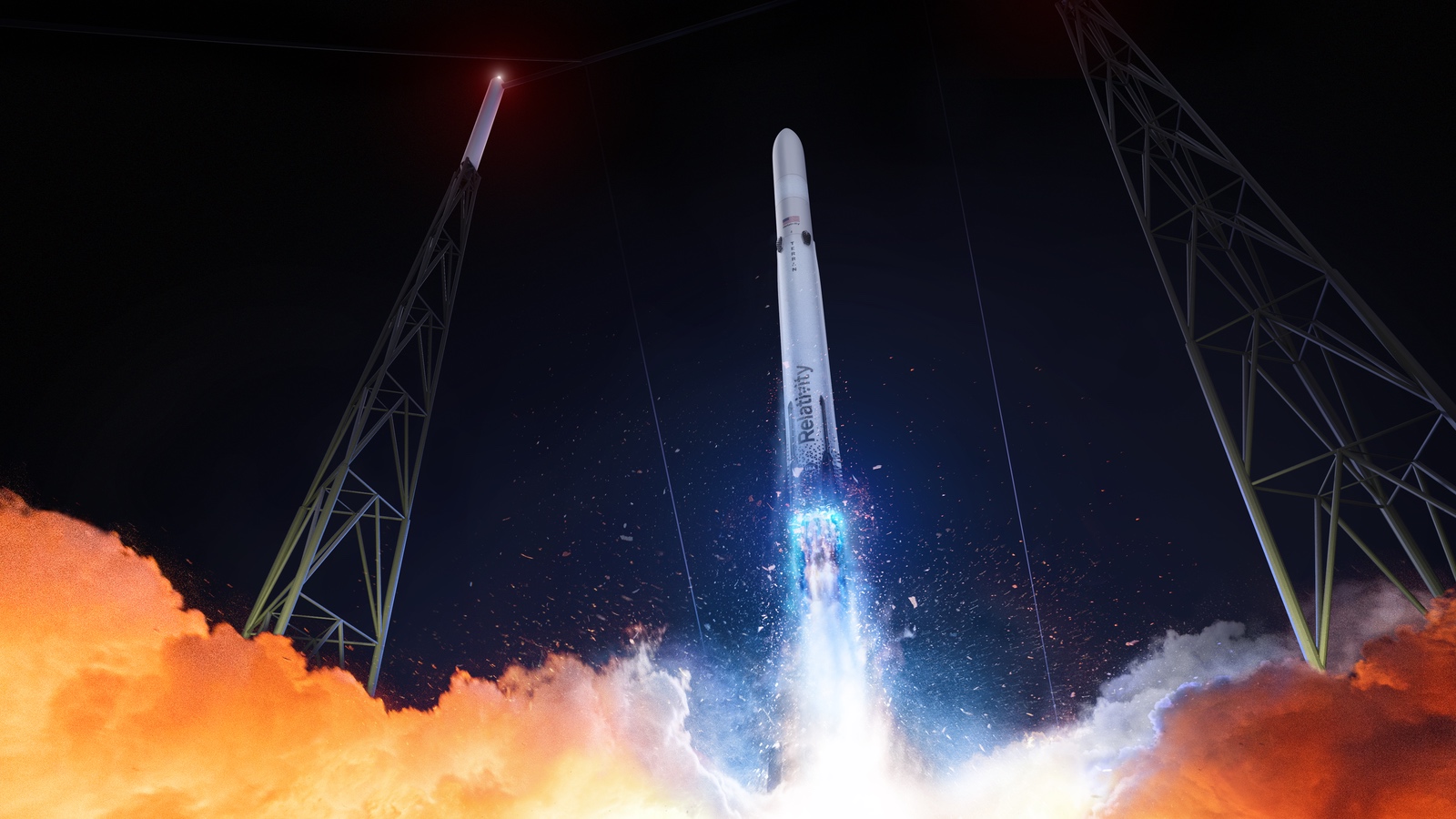WASHINGTON — Three U.S. government agencies are undertaking studies to examine the safety issues associated with a new generation of launch vehicles that use liquid oxygen and methane propellants.
At a May 15 meeting of the Federal Aviation Administration’s Commercial Space Transportation Advisory Group (COMSTAC), FAA officials described efforts that are underway to understand the explosive effects of that propellant combination in the event of a launch accident.
That propellant combination has been used on two launches of American vehicles to date: Relativity Space’s Terran 1 on March 22 and SpaceX’s Starship April 20. It will also be used on engines that will power Relativity’s larger Terran R as well as Blue Origin’s New Glenn, Rocket Lab’s Neutron and United Launch Alliance’s Vulcan Centaur.
Companies are attracted to liquid oxygen (LOX) and methane since it offers a higher specific impulse, a measure of efficiency, and burns cleaner than LOX and kerosene, noted Brian Rushforth, the manager of the innovation division in the FAA’s commercial space transportation office. But, there’s little information about the explosive potential of that propellant combination.
“We just don’t know the yield of the explosive enough from the FAA perspective, so that’s why we’re conducting experiments,” he said at the COMSTAC meeting. The concern is that both LOX and methane are miscible, meaning that they readily mix together, increasing its explosive potential.
Understanding that explosive potential, he said, will support FAA work on public safety, such as establishing hazard areas and refining calculations of the maximum probable loss that launch providers need to insure against.
The FAA has set up a test stand at the Dugway Proving Ground in Utah. A crane 43 meters tall will be used to drop stainless steel containers containing mixtures of LOX and methane. A series of tests is planned to start in June on three-week intervals to measure the explosive power of that propellant combination.
A second phase, tentatively scheduled for next year, will conduct similar tests with varying velocities. He said the data from those tests will be shared with other government agencies, such as NASA and the U.S. Space Force, along with launch vehicle developers.
That study is separate from one that NASA and the Space Force are working on discussed at a May 16 meeting of the human exploration and operations committee of the NASA Advisory Council. That work, agency officials said, is focused on range issues, including the effect of LOX/methane launches on operations at other pads.
“It’s really to try and understand what, if any, mitigations we need to do for some of the adjacent launch pads,” said Tonya McNair, deputy associate administrator for management in NASA’s Space Operations Mission Directorate. That work is being funded through NASA’s Launch Services Program, with some cost-sharing with the Space Force.
At the COMSTAC meeting, Rushforth said there is some coordination between the FAA and NASA/Space Force studies to avoid gaps and overlap. He noted that NASA will use the same tower for LOX/methane tests after the FAA completes its first phase of its test campaign.
He said that, for now, the FAA is taking a conservative approach in its safety analyses. “We don’t have a solid feel for the TNT equivalent of LOX/methane, so there is a degree of conservatism that we’ve introduced,” he said. “The hope is that, when we validate this, if we are being too conservative we can lessen the requirements.”
